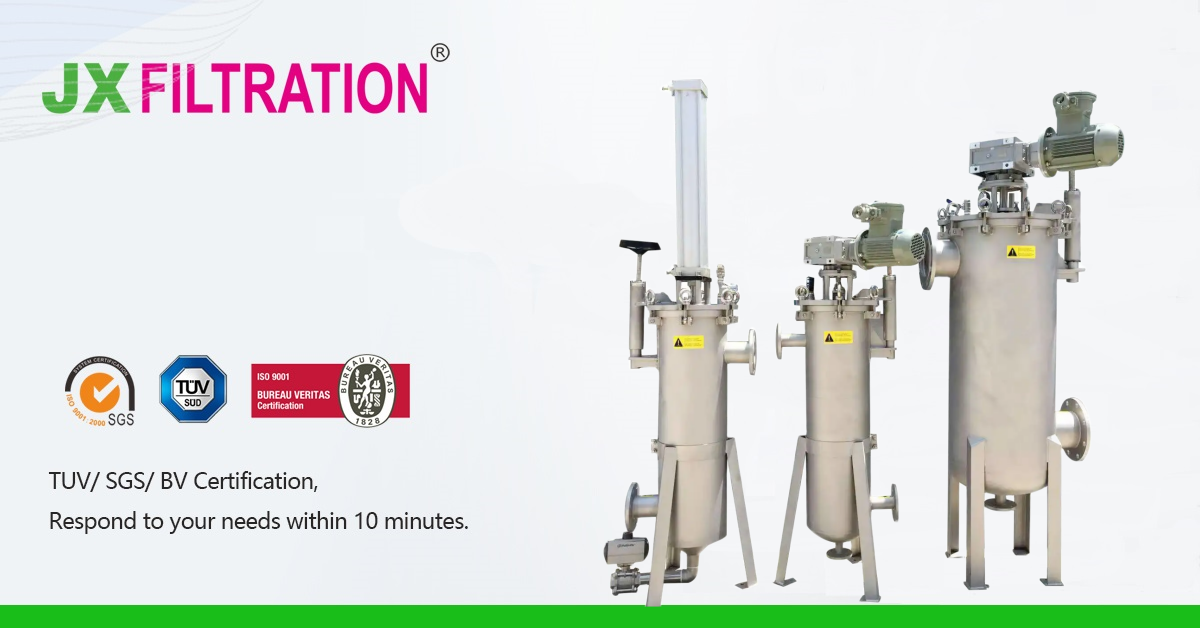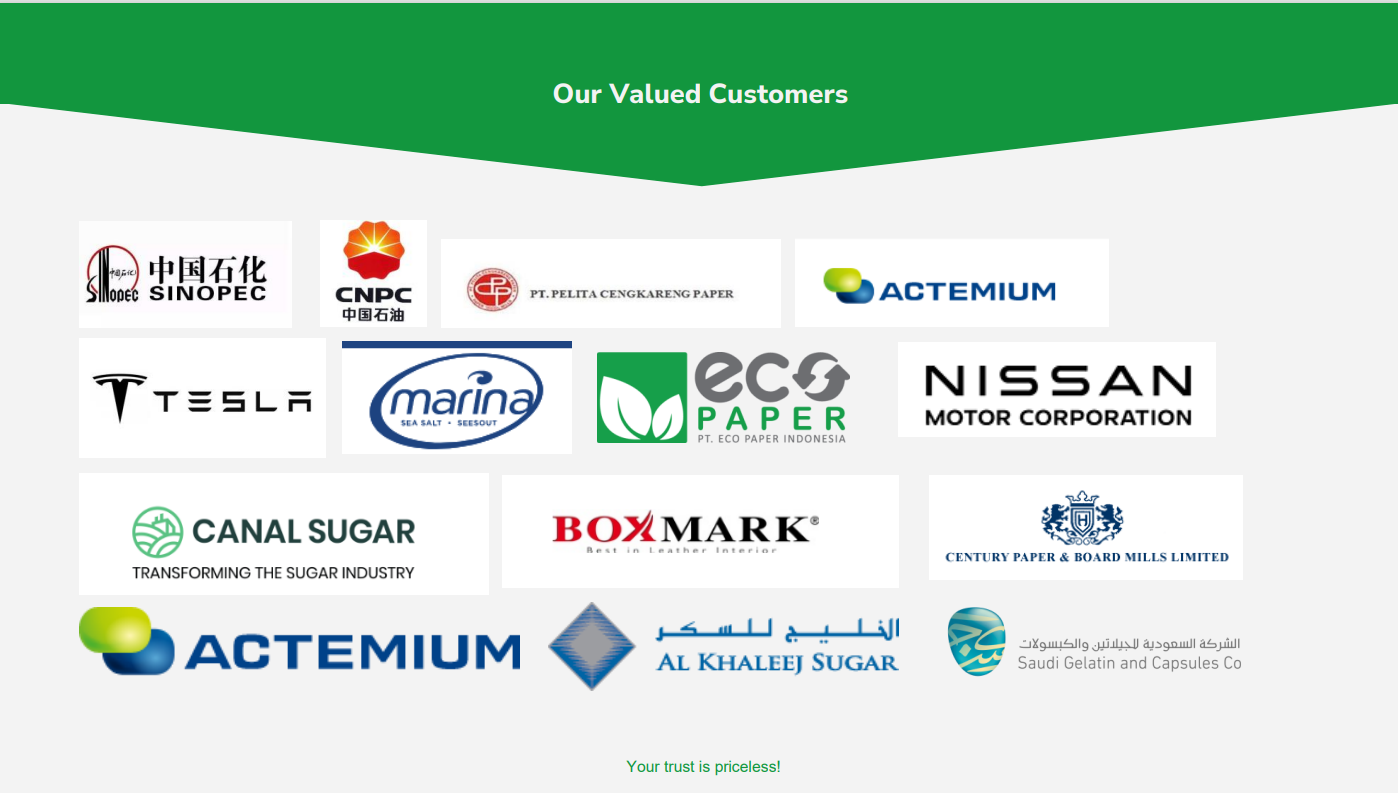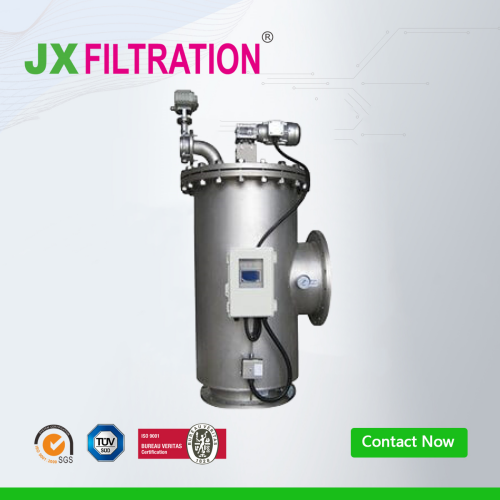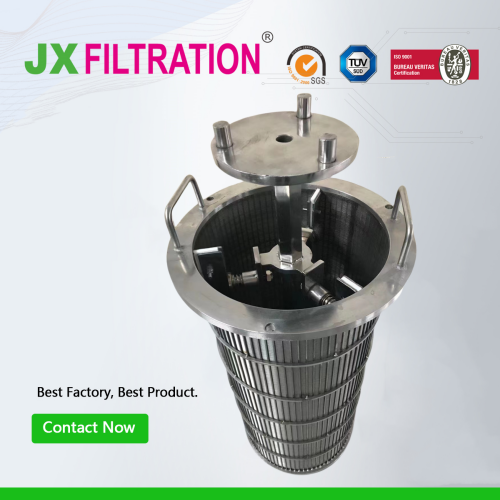What are the Cleaning Methods Self Cleaning Filters I
- Brush-Type Self-Cleaning Filter
The brush-type self-cleaning filter consists of key components such as a motor, electrical control box, control pipeline (including control valves and differential pressure transmitters), main assembly, filter element, 316L stainless steel brush, frame assembly, drive shaft, and inlet/outlet flanges.

The electrical control box and control pipeline form the control part of the filter, enabling automatic cleaning and discharge processes.
Unfiltered water enters the unit through the inlet, and impurities in the water accumulate on the stainless steel filter screen, creating a pressure differential.
A differential pressure switch monitors the pressure change between the inlet and outlet. When the pressure differential reaches the preset value, the controller signals the hydraulic control valve and the drive motor, initiating the following actions: the motor drives the brush to rotate, cleaning the filter element, while the control valve opens to discharge impurities. The entire cleaning process takes only a few seconds. Once cleaning is complete, the control valve closes, the motor stops, and the system returns to its initial state, ready for the next filtration cycle.
After installation, technical personnel need to set the filtration time and cleaning interval. Once set, the filter operates normally. When the pre-set cleaning time is reached, the controller signals the hydraulic control valve and drive motor, initiating the cleaning cycle as described above. After the cleaning cycle, the system resets and resumes normal operation.
Any Requirements, Contact Us Now!
Kris
Email/Teams: kris@filtrationchina.com
Mobile/Whatsapp/Wechat: +86 18980776200


